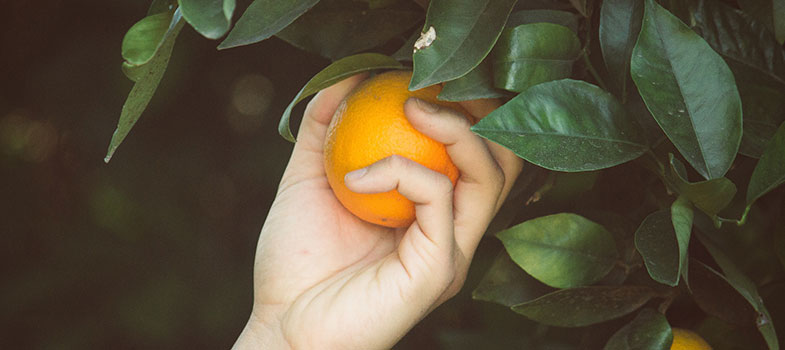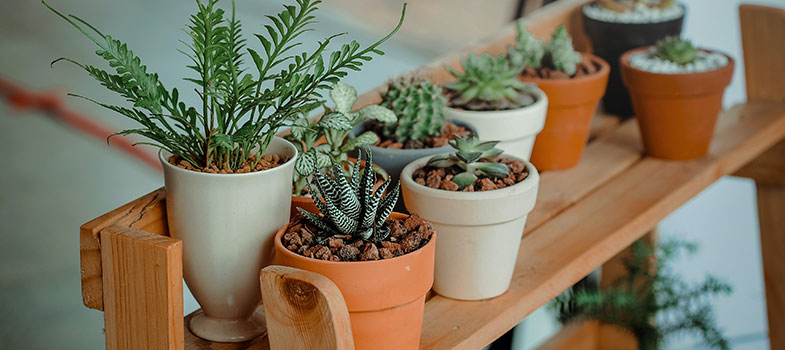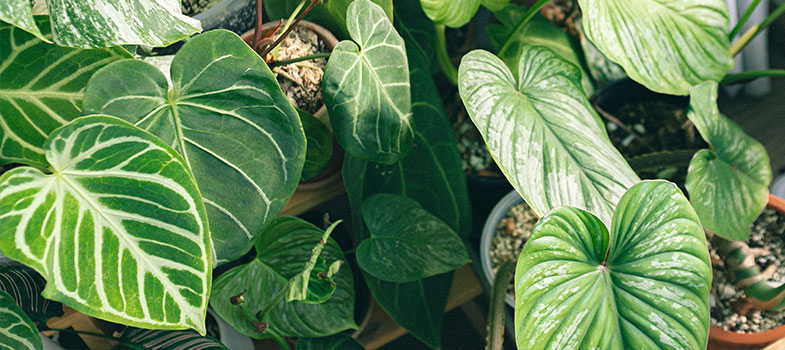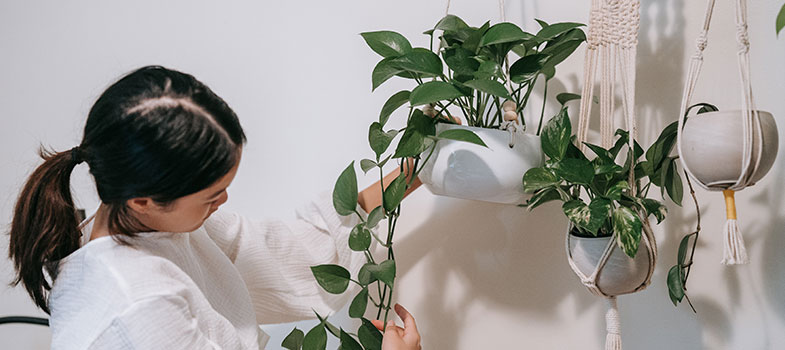Do Plants Feel Pain?

A question that pops up every now and then and generates quite a lot of controversy on social media and news websites. And, although there are plenty of studies to go around. The pain felt by plants remains a hot topic amongst people who enjoy sharing new findings and uncovered truths about how plants and animals experience pain. It is noticeable how some of the articles that touch upon this issue argue that if plants do feel pain. Then eating them is just as bad as eating meat and other animal produce. This is quite an alarming thought. But on the other hand, one might be inclined to think that the whole plant pain idea is a countermove. Meant to raise questions about the philosophies behind veganism.
If you’ve been curious about this particular issue before, then you might already know how easily things can become confusing. Particularly due to the wide range of opinions found online. And the truth is this is a very interesting topic that deserves all the attention. We love plants, we love to grow them and to care for them, but we also enjoy eating them. So the aim of this article is to find out if we can actually cause them pain. Additionally to gain a better understanding of the ways in which they experience different stimuli. So without further ado, let’s dive deeper into this fascinating topic!
What is Pain?
Before we discuss whether or not plants can feel pain we should look at something else. It is important to understand what pain is and how it is defined. We will look at the medical definition of pain, according to an article published on the NCBI website. This is “An unpleasant sensory and emotional experience associated with actual or potential tissue damage”. This indicates that pain can be experienced both physically and emotionally. Physical pain is experienced by living organisms through nerve stimulation.
A common example of pain is the one experienced by touching a hot stove. In this situation, the sensory receptors found in the skin are responsible for transmitting the message. This message goes through the nerve fibres to the spinal cord and brainstem. The final destination of the pain message is the brain, where the information is registered, processed, and finally, perceived. It is safe to say that all nerve-endowed organisms can experience pain through this complex process. So, how does this work in plants?
Can Plants Feel Pain?

Plants lack the essential components that generate pain such as nerves, pain receptors, and brains. Therefore, most scientific studies indicate agree upon the fact that plants are unable to experience pain. At least in the same way as humans and other members of the animal kingdom experience it. However, scientists also agree that plants can feel different sensations such as touch. They can generate remarkable responses to physical damage. What we do know is that plants don’t feel pain because they don’t really have a biological mechanism to feel it. However, they are living organisms that have their own complex defence mechanisms. Capable to generate fascinating responses and we don’t have a way of knowing what that actually feels like for them.
So, the simple answer is that plants don’t feel pain, but they have the ability to react to physical stimuli.
What Do Plants Feel?
As mentioned above, there are plants that have sophisticated survival mechanisms. These allow them to survive, feed, and react to the surrounding environment. To make things easier, we can think of the five senses: sight, hearing, taste, smell, and touch. Of these five senses, three can also be found in plants, more specifically sight, hearing, and touch. It is important to note, however, that while plants can sense things found in their surrounding environment. Their perception is quite different to ours due to the lack of a nervous system.
Sigh
Plants don’t see in the same way we do. But they can use light for photosynthesis and they are able to detect light. They don’t have eyes, so they are unable to perceive what humans and animals do. But they can “sense” light and react to it thanks to their photoreceptors. More specifically, plants can “sense” changes in light. They can even perceive their neighbours through the light transmitted or reflected by other plants. A beloved ornamental houseplant – the Monstera Vine utilizes light in a unique way. This attractive plant changes directions when it detects light. In fact, all plants have a natural tendency to grow towards the light. You can notice this habit in Alocasia, Monstera, potted succulent, and any other type of ornamental houseplant.
Hearing

People have always been fascinated by the idea that plants can react to music. Or that plants react positively or negatively to different intonations. So can plants hear us? The simple answer is no. Plants don’t have an auditory system. Therefore they cannot hear us in the traditional way, but they will react to the carbon dioxide produced by us. When we talk to our plants, we actually increase the concentration of carbon dioxide around them. Which can make encourage growth. Another possible explanation to why plants grow ‘better’ when we verbally interact with them is because they might be able to perceive vibrations. Although there is not enough scientific evidence to support this theory, the idea that plants will respond to vibrations is quite plausible. So, singing to your plants won’t hurt them regardless of how bad it is. In conclusion, your indoor plants make great listeners and we can’t be sure if they will actually grow ‘better’ if you talk to them or if you play music for them.
Touch
This is a big one. Plants can definitely sense when they are being touched and one of these phenomena can easily be observed in Venus flytrap plants and other carnivorous plants. These fascinating plants have a very special type of leaves that feature short, stiff hair-like growths called trigger or sensitive hairs. The intricate mechanism of Venus flytrap plants allows them to feed on small insects. When the plant detects touch in its sensitive hairs, the leaves will snap shut and become a trap for the unlucky guest.
Another great example of a plant that reacts to touch is the Mimosa pudica, commonly known as the sensitive plant or the humble plant. This plant is quite different to the Venus flytrap as it doesn’t use its mechanism to feed, but to protect itself. Upon touch, the Mimosa plant will quickly react by closing its leaves and curling them. The plant opens back up in a few minutes and scientists believe that this defence mechanism might be aimed at deterring browsing herbivores that get easily startled by movement.
Whether human touch has a positive or a negative impact on plants is a controversial topic. According to a study published by biologist Jim Whelan, the lightest touch from a human, animal, insect, or even another plant can have a huge impact on a plant and it will alter its genome by as much as 10% in just 30 minutes. Other studies, such as this one, state the opposite and encourage us to touch our houseplants as this might make them more disease resistant. Knowing what effect our touch will have on a plant might be impossible, but what we do know is that we will generate a response. Whether it’s a good thing or a bad thing, we have yet to discover.
Can Plants Communicate With Each Other?

We’ve established that plants have unique sensory capacities that allow them to adapt and survive. They can perceive and respond to different stimuli, so does that mean that they can also communicate with each other? Studies have found that certain plants can send signals to other plants to warn them of the impending danger.
According to this article that touches upon the secret language of plants, sugar maples, willow trees, and poplars can warn each other about certain problems in their environment such as insect attacks. Their signals trigger the production of certain chemicals that ward off the attacks. Many plants have the ability to release certain chemicals as a reaction to danger and, as it turns out, their neighbours will perceive these chemicals and generate a defence response.
So while recent studies have shown that plants can communicate with each other, it is important to remember that they don’t have nervous systems, so they don’t actually ‘talk’. They spread their messages by using different signals, and we have yet to understand how plants talk to each other and why. Luckily for us plant lovers, plant communication is enjoying more attention than it used to, so we will probably learn a lot about the complex communication mechanisms of plants over the next decades.
In conclusion
Plants are fascinating and while they do not feel pain in the same way we do, they can feel a wide range of stimuli. This helps them adapt to their surrounding environment, survive certain threats, feed, and thrive. Loving your plants is perfectly normal and we won’t judge you if you talk to them from time to time, we do it too. The good news is that pruning your roses or transplanting your orchids will certainly not cause them any real pain. Eating fruits and vegetables isn’t something that you should ever consider giving up and you don’t have to, because even if they can sense light, touch, and other stimuli, they are not capable of feeling any physical or emotional pain.





Comments are closed.